|
First off, before I get into the reasoning of why I think no athlete should clean from the floor, I would like to clean up the terminology that is often butchered by many sport coaches and performance coaches.
An actual clean that is preformed during an Olympic lifting competition is known as a squat clean or clean for short. It is when an athlete pulls the bar from the floor and catches the bar in a squat position. A power clean is when an athlete pulls the bar from the floor and catches the bar in a slightly athletic stance with a slight bent in the knees and hips. They are not the same exercise and cannot be used interchangeably. Either of these exercises can be done from four positions, the floor, mid-shin, right above the knee or mid-thigh. There are times when the clean can be broken down to work on certain aspects of the lift. For example an athlete can perform a clean pull. The clean pull is a great exercise in itself that lets the athlete focus on developing a big pull and getting triple extension. The catch is left out of this exercise and a larger load is usually used. This can be used with a beginner to really focus on teaching triple extension or an experienced lifter that wants to work on pulling heavier weight, usually right before they perform their cleans. Now that that is out of the way, let’s talk about why athletes should not be cleaning from the floor. If you think about it objectively, you will probably agree that an athletic stance looks very similar to the hang power clean. This is the clean variation that is performed from right above the knees in which you perform the catch in an athletic stance. Think about Tiger Woods, Derek Jeter, Ray Lewis and LeBron James for instance. All of who are amazing athletes. What do you visualize when you think of those athletes on their respected field of play? They are probably in a slightly athletic stance doing something extremely explosive and powerful. This is the stance that most athletes are going to be in when they are performing their sporting event. Why then would you have an athlete clean from the floor? On that statement alone I think all athletes that are going to be performing the clean should be doing the hang power clean, but here are three additional reasons for good measure. 1. Most high school athletes lack the proper mobility and stability to get into the correct position to pull from the floor. So when a coach is telling an athlete that is physically incapable to get lower so they can get down to the bar bad things are going to happen. This athlete might not get injured that day, month or even year but repeatedly doing a complex exercise such as the clean wrong will catch up to everyone. 2. Let’s assume that a certain athlete can get down to the bar in the correct starting position. Highly unlikely, but let’s go with it to use as the next example. The transition from the first pull to second pull is something that most high school athletes struggle with. This transition takes place when the bar passes the knees. It is a coaching intensive part of the clean, which takes time away from other things that could be done that are probably more productive for an athlete focused on excelling at their sport. 3. The hang power clean produces almost TWICE as must actual power then the clean from the floor. Based on the work of Dr. John Garhammer the clean produces 2950W while the hang clean produces 5500W! This exercise is done to produce explosive power. The science not only backs it up, it blows it out of the water! If you look at the information that I just presented objectively you will have to agree that your athletes should only perform the hang power clean. Once your athlete is done playing field sports, if they would like to compete in the sport of Olympic lifting, then by all means they can start working on learning the full squat clean, until then let them focus on what is going to make them a better athlete on the field which is the hang power clean.
0 Comments
How many athletes are required to perform a movement analysis before starting a performance training program? My guess is that most athletes are not. Let me ask another question. What happens when an athlete is asked to perform a back squat or any movement for that matter, which is dysfunctional in nature due to their physical limitations? Strength is added to that dysfunctional movement pattern, it is not added to the true functional movement pattern. I’m going to continue to use the squat as my main example because it is probably the most common exercise used in most high schools. The squat is an amazing exercise for building strength, but when it is performed before athletes are ready for the movement bad things can happen. Below are some pictures that illustrate what an improper squat pattern looks like. These faulty squat patterns could be due to an array of reasons, some of which include short/weak hip flexors, imbalance of core musculature, excessive pelvic tilt, limitations with ankle mobility, weak glutes, etc. A complete movement analysis must be done to understand the complexity of these dysfunctional squat patterns. All of the above pictures demonstrate a faulty squat pattern that needs some cleaning up. Below is a picture of a squat pattern that is ready to be loaded with external resistance. If you are not performing a movement analysis of some sorts you are doing a disservice to your athletes. It is literally the foundation of any worthwhile performance training program.
How many unqualified lawyers have you had take on your law issues, how about unqualified accountants to take care of your taxes, anyone letting their kids go to school without qualified teachers? I’m sure you all answered none and of course not to those questions. Why would you use someone that was not qualified to handle your personal issues and take care of your child? You wouldn’t, yet everyday there are unqualified individuals acting as strength & conditioning professionals and attempting to coach your children.
A strength & conditioning coach is no different than anyone else that considers themselves a professional. A strength and conditioning professional should have degrees in a related field to strength & conditioning such as exercise science, kinesiology or physical education. They should also possess certifications from accredited and well respected organizations within the field. The Collegiate Strength & Conditioning Coaches Association, The National Strength & Conditioning Association and The United States of America Weightlifting are a few of the respected organizations out there. Experience is something else that you might want to find out about too. Who have they worked with, where have they worked, do they have references that support their efforts. There are so many reasons why it is important to have a qualified strength and conditioning professional be the one that is actually working with your child, but I will only discuss a few here. The first one is so blatantly obvious, but it bears repeating, they are qualified to do the job! They have done the schooling, received the certifications and have the work experience. Are you hiring someone that does not have the proper degrees and certifications to be an architect to design the building of your home? Of course you aren’t so why would you use someone that is going to help build and develop your most prized possession, your child? You wouldn’t, end of story. Second, which plays off the first point somewhat. The biggest thing about being in a profession is you are continuing to learn new things about your industry on a daily basis. It has been said that taking a year off from the strength and conditioning field would put you years behind the rest. There is that much to learn every year! So if you are not continually learning and improving your skill set, you are falling behind. It is a consistently changing field that requires a deep understanding of the material and how to properly apply it. A 100% commitment is required to be a professional in any field, strength and conditioning is no different. Third and I’ll finish with this point, when unqualified individuals attempt to run a strength and conditioning program the chance of injury goes up exponentially. One of the most difficult things to do is “give credit” to how some injuries present themselves. Chronic issues will not appear immediately (duh) and might not even develop until a few years down the road. A chronic issue could develop because an athlete might be asked to perform a movement they are not ready for; they shouldn’t be doing at all or are asked to do too much too soon. Injuries, whether acute or chronic are unfortunate, but something that is caused due to chronic repetition of improper form due to poor coaching or the athlete not being able to physically perform the movement could take an extremely long amount of time to correct. There is a saying that goes, for every wrong repetition you do, you will have to do it properly five times. So think about doing something wrong for two years and add up all those repetitions, it’s not correcting itself over night. The proper movement pattern has been broken down so much that the repetitions that are needed to fix it will be substantial. Do not let these poor movement patterns lead to a broken athlete. When it comes down to it, I want all young athletes to receive proper coaching and be able to increase their strength, power and speed while reducing their chance of injury. Every strength and conditioning professional should be able to tell you why they are doing everything in their program, if not, find someone that can. Make sure that your young athletes are getting what they need and deserve. A key component in a strength and conditioning program is training specificity. Training should be specific to the athlete’s needs, goals, and sport. There are many components to consider in the realm of training specificity. The adaptations that occur from a training stimulus are specific to the mode (type), the intensity, and the duration of the training stimulus. In the Book Physiology of Sport and Exercise specificity of training can be defined as the principle that physiological adaptations in response to physical training are highly specific to the nature of the training activity. To maximize benefits, training should be carefully matched to an athlete’s specific performance needs.
Applying the specificity principle appropriately to a training program can help maximize the benefits of the program, and carry over to the performance of the athlete in their specific sport. One thing to look at when making a training program specific to an athlete is the movements to train. The types of movements that are used while playing should be closely mimicked in the training program. If an athlete needs to be strong unilaterally then the training program should include exercises performed unilaterally. If there is a lot of lateral movement in the sport, then train lateral movements. Along with the movements to be trained, the muscles and joints that perform the movements need to be taken into consideration. Another important aspect of training specificity is the energy system or systems used by the athlete. If the athlete plays an anaerobic sport they are using the phosphagen system and the anaerobic glycolytic system. For an athlete that uses these anaerobic energy systems, in order to condition for this sport then the energy systems used in conditioning need to be the same ones used while playing the sport. One way to train for these systems is to alter the work to rest ratio. Athletes that compete in an anaerobic sport should condition by running shorter intense sprints. The length of the sprints, and the amount of rest in between sprints will be specific to that sport. Distance swimmers should condition mostly by doing distance swimming, and should include some swimming sprint work to aid in the all-out completion of the race. Specificity of training is a very comprehensive approach to training, which can maximize the benefits of a program. It is a key component of any training regime, and should not be over looked when putting together a routine for anyone. Written By: Joe Carillo, SportPerformanceU's Athletic Performance Intern As strength coaches we all unfortunately know for many novice athletes there has to be a feel that they are doing something new and exciting …. It has to be fresh. I’m sure everyone that has coached has experienced it too many times to count. One of your athletes comes to you and asks “what new exercises am I going to be getting in my next program”? Well we know what our answer should be, which is explaining to them that training is a process that takes time, dedication and hard work. That they must learn the basics, groove the patterns, and become efficient with the movement. Mastering the basics is what is going to lead to gaining the most strength and power gains possible. Variety comes from changing angles, sets, repetitions, time under tension, rest periods, etc. This is what every athlete should be taught when they begin a training program. Well as perfect as that sounds, it doesn’t always sound new and exciting to the athlete. The solution…a properly designed set of progressions for an exercise will make up for the variation that is desired when an athlete starts a training program for the first time. You might not be able to integrate the next progression quickly, but letting the athlete know that once they master the exercise they are working on at the moment they will get the next progression. This helps them stay focused on the task at hand. An example of a four step lunge progression would be performing a reverse lunge, forward lunge, walking lunge, and finishing the progression with the slideboard reverse lunge. The athlete gets four “different” exercises while continuing to work on the on the same movement. This is a great example because the athlete is following a proper progression that pleases the need for something new and exciting to do. Honestly it is usually the athlete that is new to training that thinks variety, as far as exercise selection goes, should be part of a training program. An intermediate or advanced athlete would look at adding variety quite differently. They think about a training program as something that is going to help them reach their goals. This will come with time for the novices that stay dedicated to the process of training. So the first thing to do is make sure that there is a proper progression, which will lead to a bit of variety for our novice trainee. It does take a little bit of creativity, but for the most part if the athlete is training hard and consistently they will be progressing to a point that the challenge of training far weights the desire for something fresh. This will lead to greater results which make both the athlete and coach happy.
Each athlete has a unique set of strength and power developmental goals based on many factors, some of which include training age, time commitment and physical strengths and weaknesses to name a few. With that being said a sport performance coach has to meet their athletes sport training goals using not only the best methods available, but also the most appropriate options available.
The most applicable and appropriate exercises come from the Powerlifting and weightlifting community. They give us an amazing exercise selection at developing tremendous amounts of strength and power. From variations in the squat, deadlift and bench press to the clean, snatch and jerk, the Powerlifting and weightlifting community have blessed us with great training tools. When training athletes coaches sometimes get carried away with a certain training methodology that is sometimes not exactly what is appropriate for an athlete training for their sport. When athletes are asked to perform lifts that they are not physically ready to perform, due to either physical limitations or appropriate coaching cues injuries and/or movement limitations will take place. This is why weightlifting and powerlifting exercises sometimes get a bad rep, although they are some of the best exercises out there, if used inappropriately it will lead to undesired results. This is the question coaches must ask themselves when designed performance training programs “is this exercise appropriate for my athlete?” If the answer is yes, then by all means teach the appropriate progressions and have at it. If it is not then figure out what must be done to include the appropriate exercise. This could include using developmental exercises or regressing the movement until it becomes appropriate for the athlete. This leads to my next point, athletes that play sports have other requirements that are unique to their own sport. Whether it is using single leg exercises for strength, medicine ball work for power, slide boards for lateral conditioning or anti-rotations exercises for core development, each training protocol should be geared toward meeting the demands of that individual athletes sport. I love using Powerlifting and weightlifting exercises in my athletes programs, but they must be appropriate for the athlete’s physical abilities and appropriate for the demand of their sport. Here at SportPerformanceU we believe that each athlete is an individual and should be treated as such. Every athlete has different strengths and weaknesses, training experience, time commitments, training goals, etc. Therefore when an athlete comes to SportPerformanceU they have an individualized training program that is specific to their goals and needs.
Let’s say I have two new athletes come to me next week that are both sixteen years old. Athlete #1 plays football, has an average score on his biomechanical movement analysis, has an above average score on his physical output analysis (measurement of strength, power and speed) and has three years of training experience. Athlete #2 plays baseball, has a below average score on his biomechanical movement analysis, has an average score on his physical output analysis and has no training experience. Will these two athletes get the most out of a general workout class? I think you probably already figured it out, putting these two athletes in one generalized workout class would prevent them from improving upon their own abilities in both instances. Athlete #1 is likely too advanced for the workout and athlete #2 is not ready to be in the workout. Not only that, but are they going to be focusing on the sport specific attributes that are needed for each sport. Don’t get me wrong the term sport specific gets thrown around way too much, but it does get more appropriate when you begin to gain more training experience and three years is definitely enough time to be integrating sport specific training parameters. Training must be specific to each and every athlete; there should not be acceptations to this rule if being your best is priority #1! Although the athletes that were used in the example will not be on the same training program that does not mean they cannot train together. We believe that camaraderie amongst athletes leads to a greater amount of encouragement and better results. There should be teammates and friends on the training floor together. It creates an atmosphere that is contagious to hard work and success! So often athletes want to skip over the fundamentals and get right to the “good” stuff. They want to train like their favorite college or professional athlete does. The problem is this is like skipping kindergarten and going straight to the 12th grade. They only get to see them train as college or professional athletes, never really knowing how much time and effort was put into learning the fundamentals. We like to say in the sport performance training field that you have to earn your weight and the exercises you are permitted to do. You have to go through the process of learning how to move properly and then execute the exercises properly. Notice how I separated the two, movement and exercise. If you cannot perform the movement properly you should not be allowed to perform the exercise. So many times athletes want to attempt exercises that they do not yet possess the proper movement for. If an athlete wants to perform a loaded front squat, but cannot go through the movement unloaded first they will have to practice the movement and perform developmental exercises to assist them in grooving the pattern before they are allowed to do the exercise. We see this in many aspects of life nowadays, skipping over the process and going right to the product. We will not allow this to happen, training programs must be earned through dedication and consistently. We will not make exceptions to this rule. Fundamental comes first!
There will be hard work to accomplish these tasks, do not think for a minute that it will be easy. Although we now look at first grade as learning the basics, it was not basic to the new minds learning these steps for the first time, neither is sport performance training. If we adhere to following the process the product will speak for itself. So what are the basics of sport performance training? The basics involve learning how to perform bodyweight movements properly such as squats, split squats, hip hinges, jumps, skips, rows, chin ups, planks and push ups. Master the basics before you make progressions to more advanced movements. I do not remember seeing any first grades taking trigonometry for their math class; apply the same principles to sport performance training. There are three components to a well rounded warm up that every athlete should be doing. They include self myofasical release, prehab & activation work and movement prep. These components prepare the athlete to have a more efficient and productive training session.
Self myofasical release takes place in the first five minutes of the training session where the athlete uses a foam roller to work on improving their tissue quality. A number of rolls can be performed over each area of the body; usually eight to ten will suffice. This is the time to break up adhesions or knots in the tissue and transport nutrients to the area for repair and growth. This also prepares the muscles for the next step in the warm up. Prehab & activation work is what we like to call our developmental part of the warm up. It is when the athlete is developing their mobility and stability. Each athlete has their own unique set of strengths and weaknesses; this is the time to work on those weaknesses. The limitations that are holding an athlete back need to be addressed and turned into their strengths. Hip mobility and core stability are two areas of our developmental process that are usually addressed most frequently. These are areas that athletes tend to have the most difficulty mastering, but are extremely important to their success. Proper hip mobility enables the athlete to be in a stance that is most suitable to playing sport and having stability throughout the core gives the athlete the ability to transfer force through their lower body to their upper extremities. The final part of the warm up is the movement prep section which focuses on preparing the athlete to perform the exercises that are part of their training program for that training session. This involves going through body weight movements that are performed dynamically. This includes squatting, lunging, pushing, pulling, skipping and bounding. The athlete is now primed to execute the training session to the best of their ability. A proper warm up takes about 20-25 minutes to complete and is a key to reducing injuries, moving efficiently and having a great training session. Takes the time to prepare your athletes for the training session ahead with a proper warm up and you will see your athletes moving and feeling better, and yeah, they will be stronger and faster too! The power clean is one of the best ways to add an amazing amount of strength and power. It requires both an incredible amount of mobility and stability to move through such an explosive exercise. It will improve most all measurable athletic performance parameters on the field and in the training facility. Assuming that the athlete has the proper fundamental movement skills required to perform the power clean the proper set up and coaching cues should be the first thing to get attention. Power Clean Set Up Positions w/ Coaching Cues * Hang Position- standing position, elbows locked, and medium hook grip Rack Position- get the bar on shoulders from hang position- elbows up, humerus parallel to floor- weight supported by shoulder NOT hands- drop the bar and catch it in the hang position Jump Position- bar is at mid thigh- hips and knees are unlocked- bar is touching skin/clothing Squat Jump Position- jump w elbows locked and land in squat position Jump w/ Catch- jump and catch the bar on shoulders- elbows straight to slammed forward- aim your shoulders at the bar- slam bar onto shoulders Front Squat –bar is on the shoulders-squat to slightly pass parallel while keeping the elbows up, humerus parallel to floor Power Clean Progressions & Variations
Power Clean (Mid Thigh, Above Knee, Mid Shin, Floor) Power Clean & Front Squat (Mid Thigh, Above Knee, Mid Shin, Floor) Squat & Clean (Mid Thigh, Above Knee, Mid Shin, Floor) This is by far one of the best exercises for athletes to develop a huge amount strength and power that will transfer from the training facility to the field. Problems arise when the power clean is introduced without the proper progressions and is therefore rushed. Before a power clean is attempted athletes should possess the proper mobility and stability to perform the movement. Rushing the process or simply skipping over it to get to a poorly executed product is not the way to go about such a complex exercise. When taught and progressed properly this is a great exercise to add to your training program. * power clean set up positions w/ coaching cues from “Starting Strength Basic Barbell Training” 3rd Edition, Mark Rippetoe |
Archives
April 2024
Categories
All
|
Proudly powered by Weebly

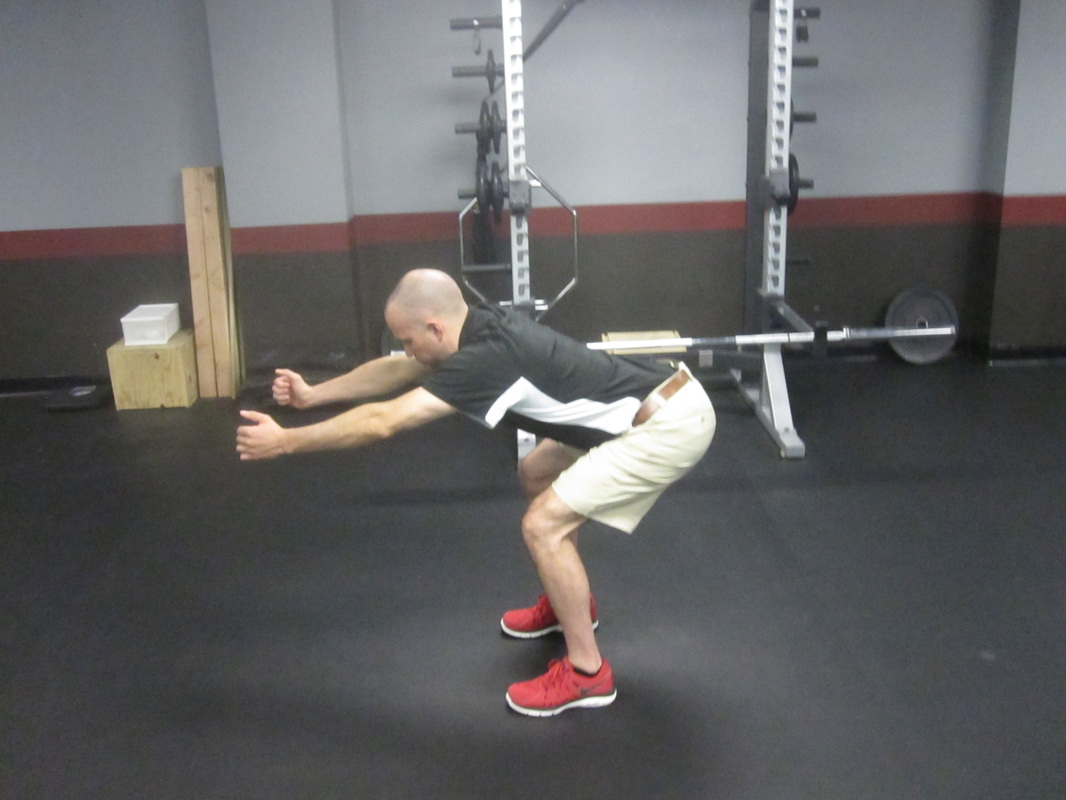
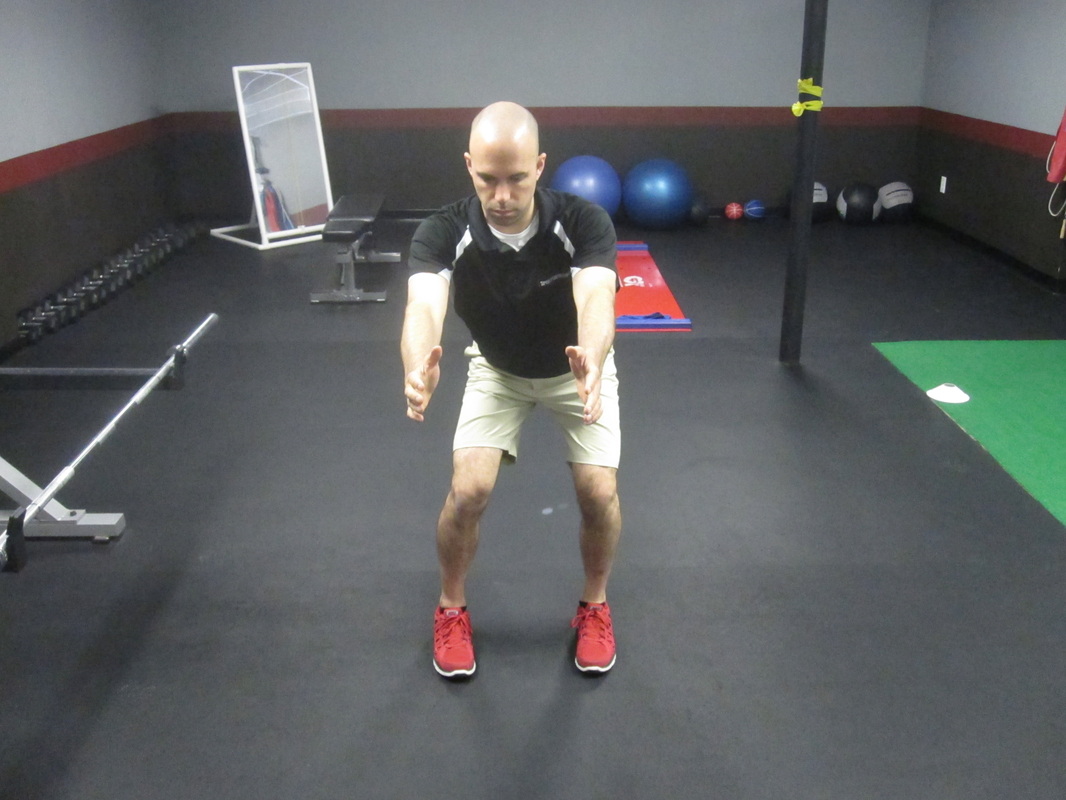
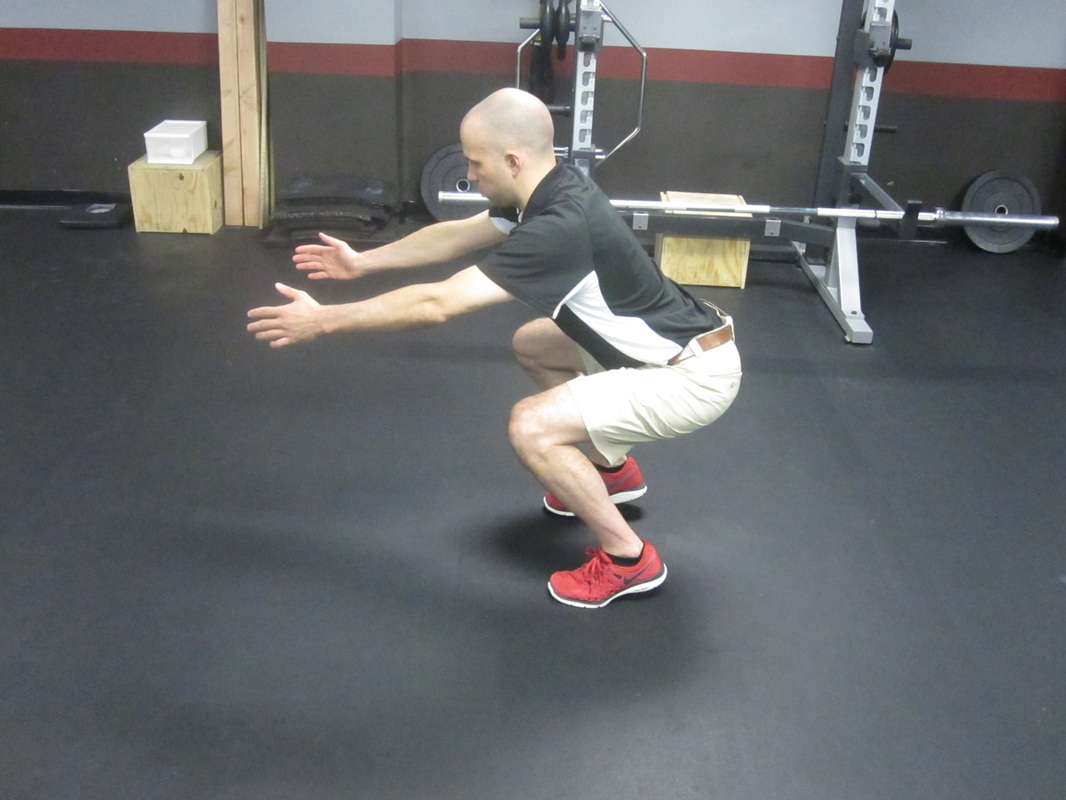
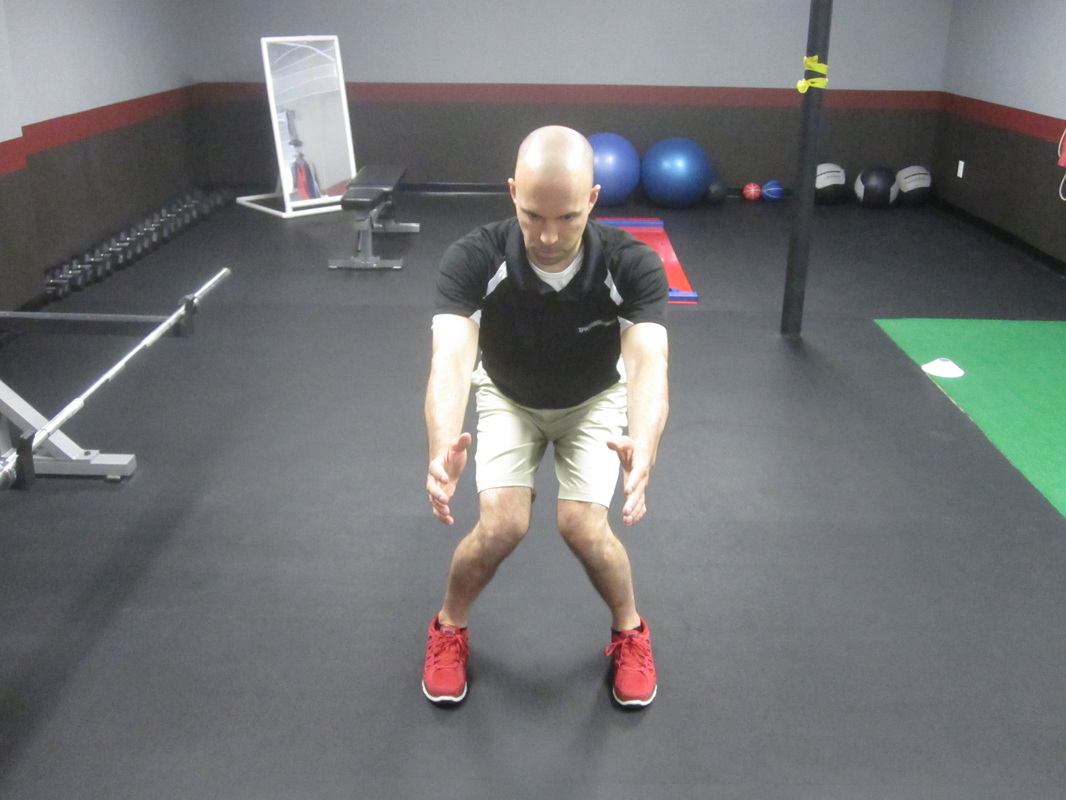
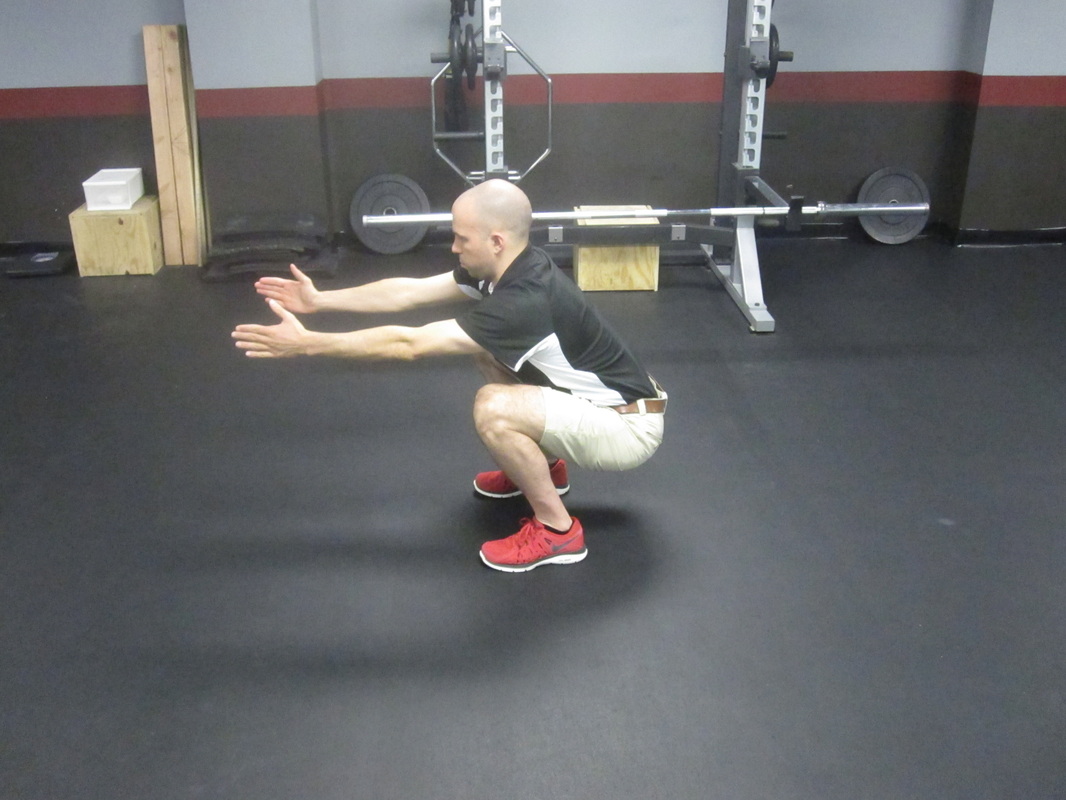
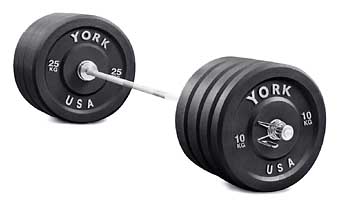
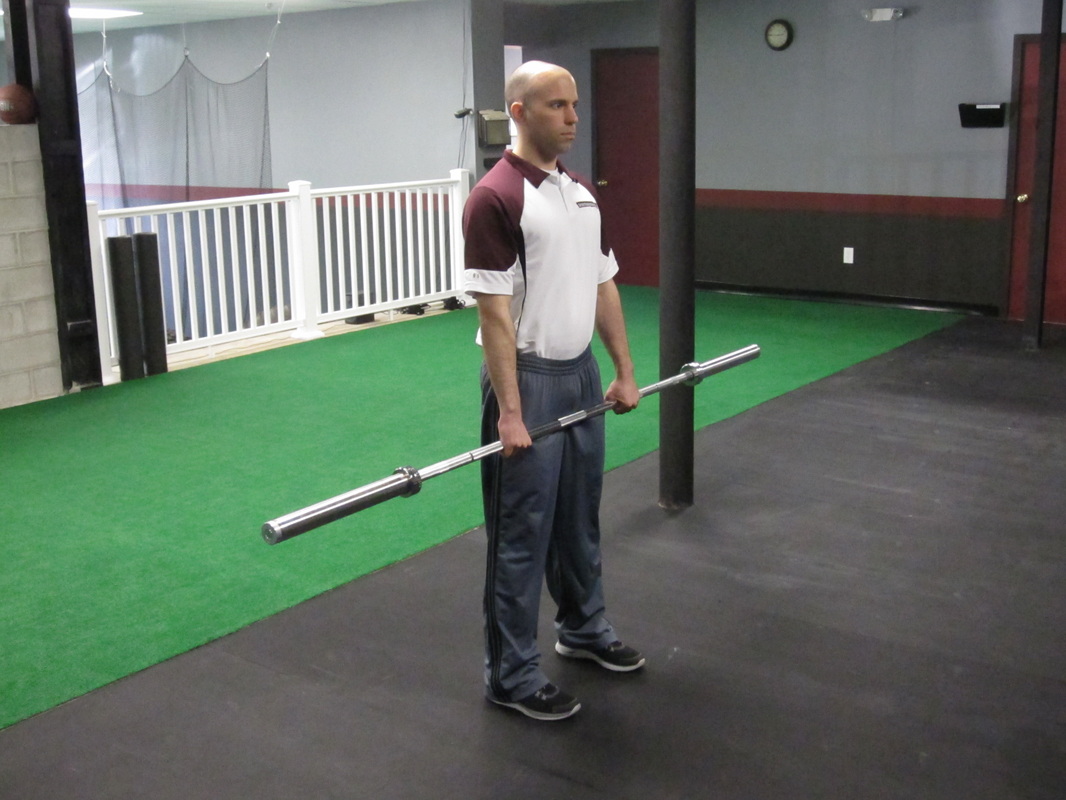
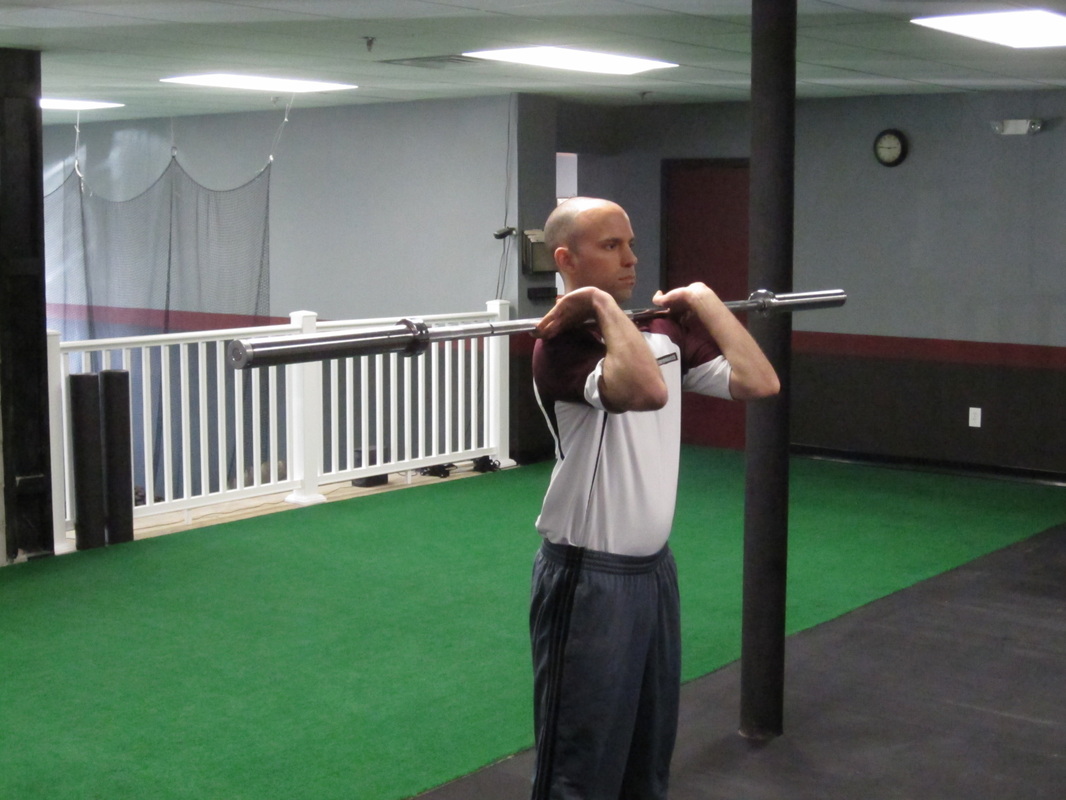
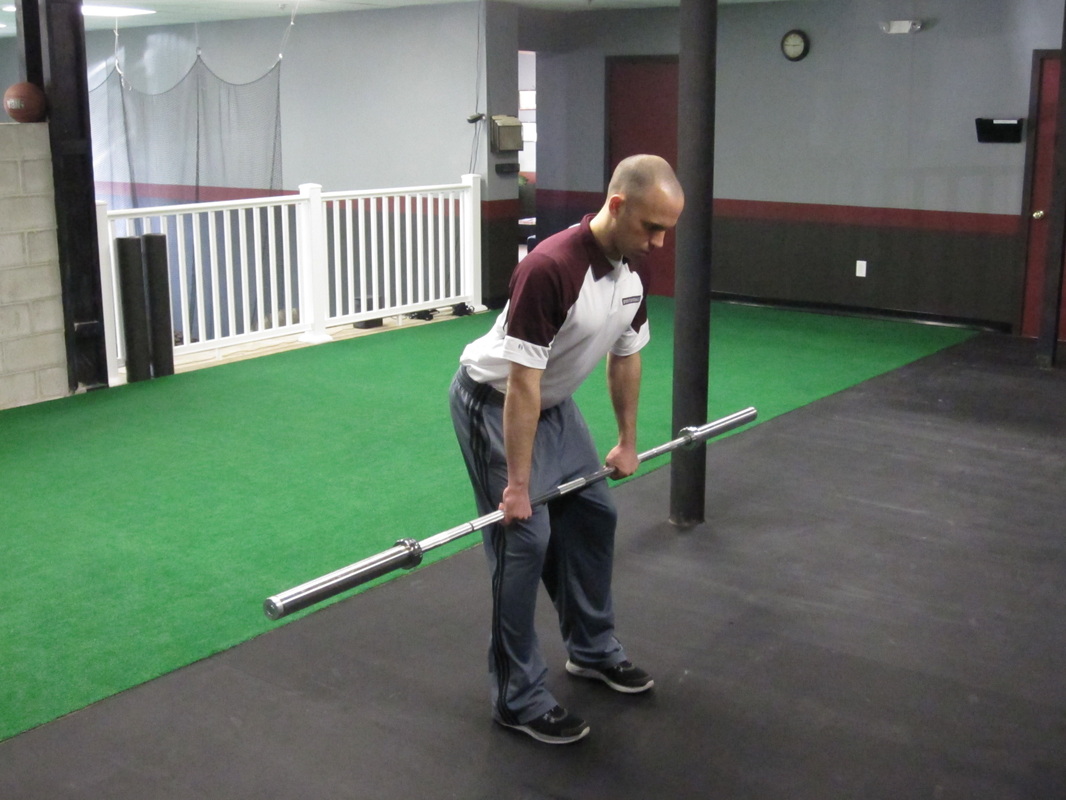
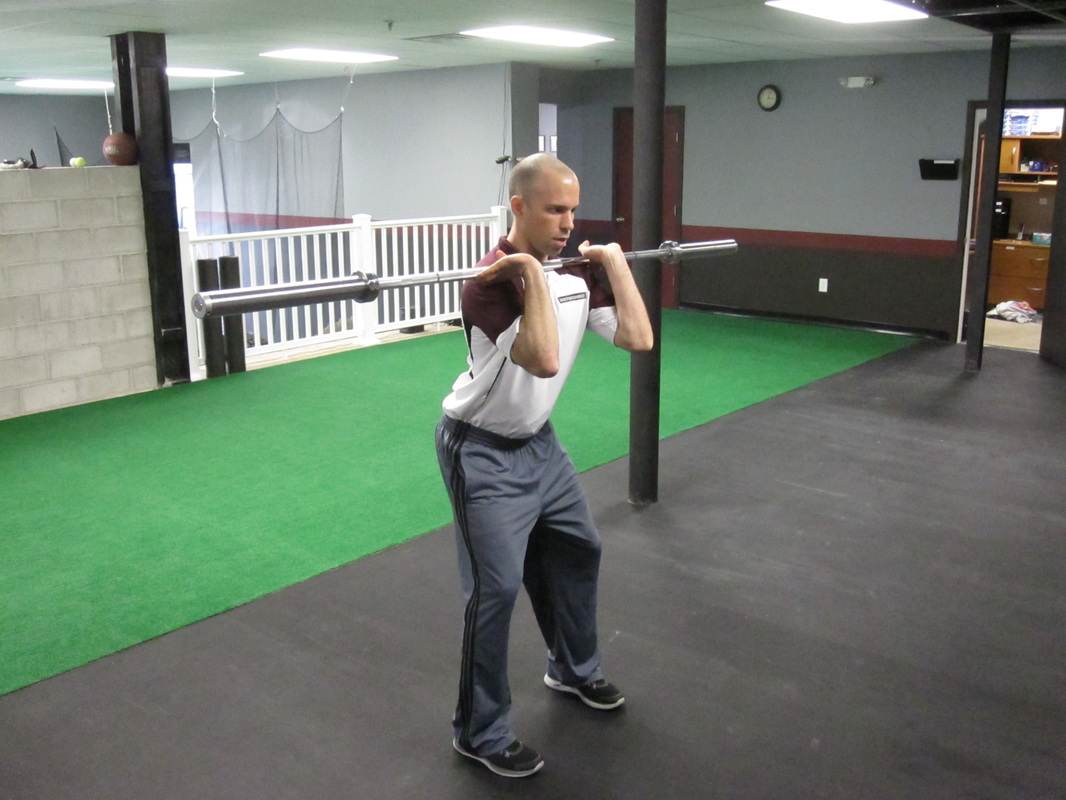
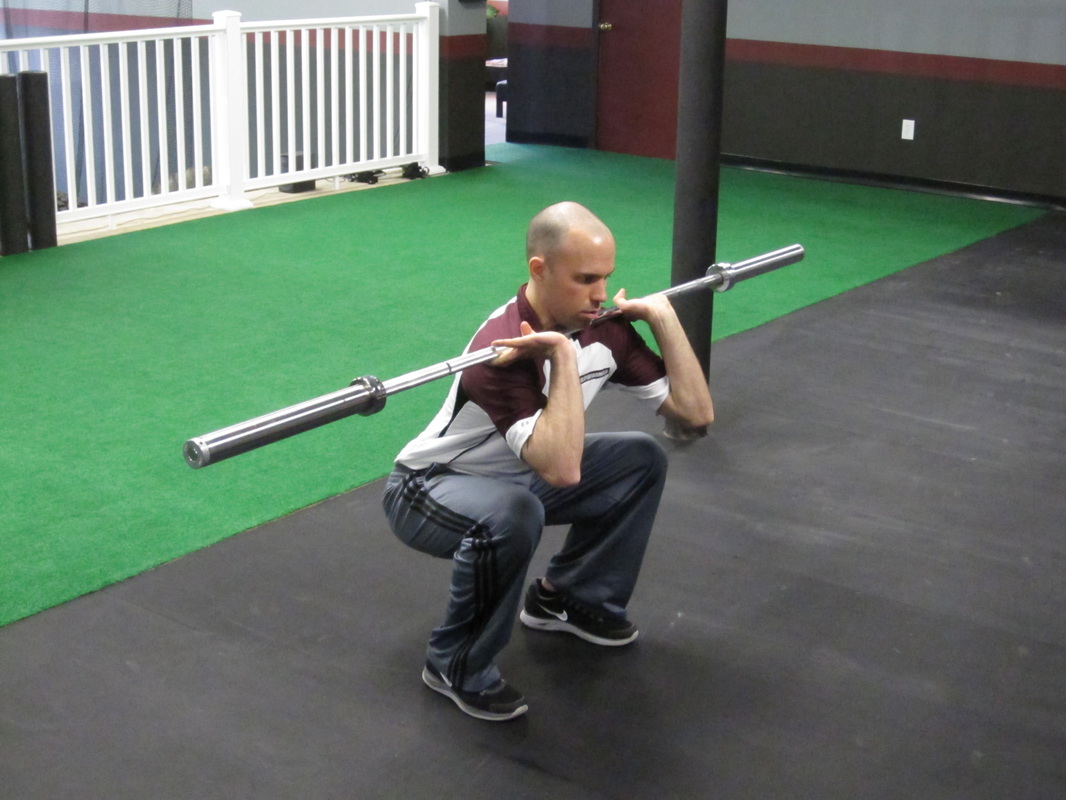
 RSS Feed
RSS Feed